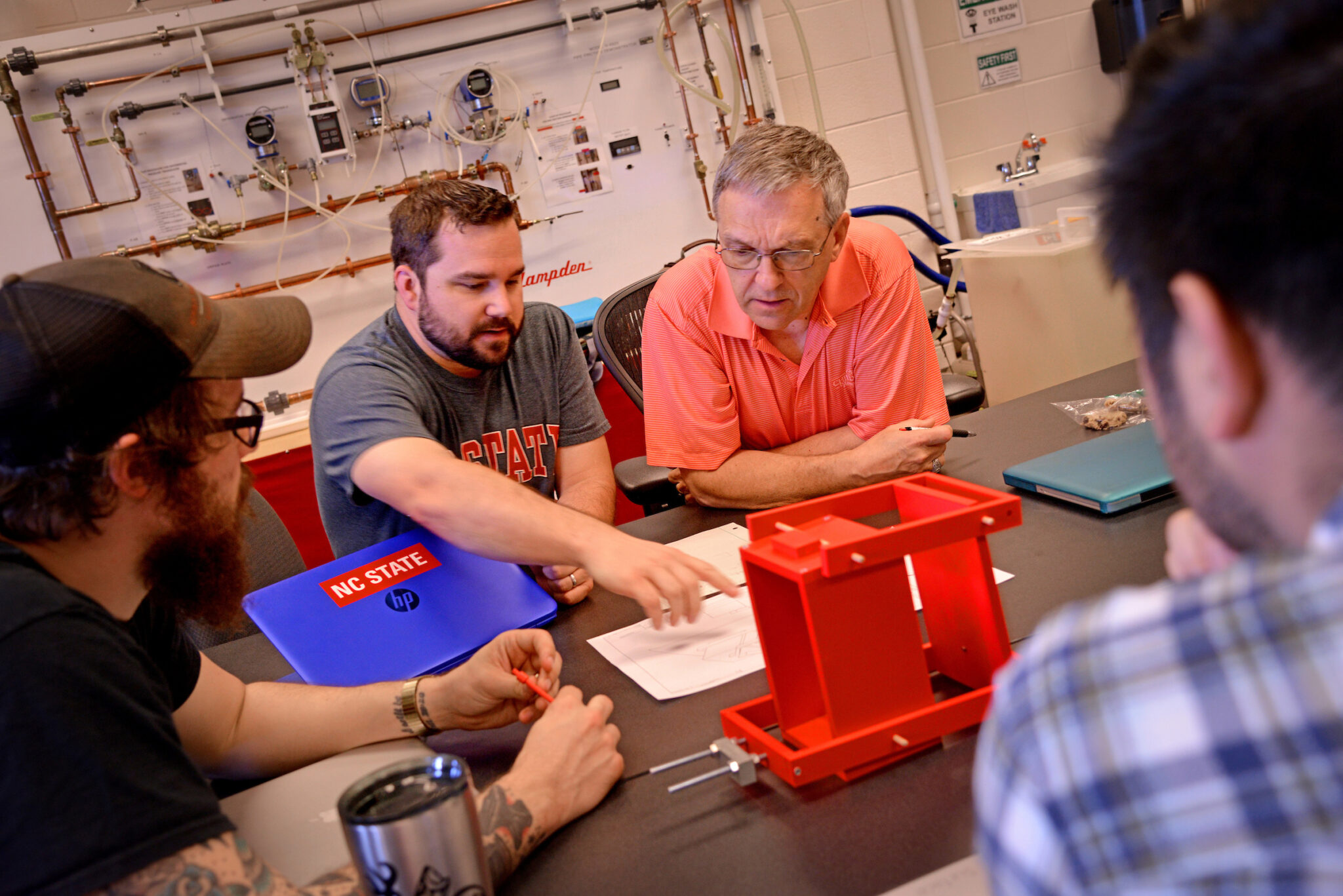Houston, We Have a Problem… Coping with Gaps in a Proposal

While we all want to put our best foot forward when submitting any grant application, sometimes real life gets in the way. Whether your lab was closed for COVID or your co-PI gets the flu the week before a project is due, you may be approaching the grant deadline with the knowledge that your submission will be less than perfect. Here are some suggestions for coping with gaps in a proposal.
Be clear about the “need to have” versus the “nice to have” elements.
Different funding announcements have different expectations about what must go into a proposal. For some proposals, it is nice to have a letter of support from all of your co-Investigators, for other proposals, it is a requirement. You can work around missing items that are “nice to have” but will not sink a proposal if they are missing, but if you are struggling to secure a “need to have” item, it may be better to hold back the submission for a later due date.
Assume your reviewers will notice data gaps.
If you are preparing a proposal where an obvious preliminary study has not been conducted yet, you may be tempted to gloss over the omission in your writing and hope that reviewers do too. Resist the urge! Remember that in addition to reviewing the underlying research plan, the reviewers are often asked to evaluate the scientific rigor and merit of the team. If they identify an obvious gap in logic, they are likely to draw the conclusion that your team lacks scientific rigor. A better approach is to identify the gap, explain the plans to complete the missing study, and come up with a plan B in case the preliminary study does not work out.
It is always better to point out gaps, explain risks, and give reviewers a plan to overcome the gap and mitigate those risks. Never let a reviewer decide for themselves why something is or is not included in a proposal.
Consider a team approach to plan B.
In the “challenges and pitfalls” section of a proposal, it is easy to be inclined to describe only the challenges and pitfalls the team already knows how to solve rather than raise concerns that do not have an obvious solution. This approach may raise questions about the team’s depth of experience. An alternative approach is to highlight the range of expertise from your project team, mentors, advisors, and campus resources that will be available to help you troubleshoot various kinds of problems – even the ones you have not foreseen. Especially if you are working on a proposal that requires external advisors, weaving external feedback into your troubleshooting approach can help the research plan complement other sections such as a management or program administration plan. If you are not able to present a solution, presenting a team strategy for solving problems that arise can be just as, if not more, effective.
Be wary of copy-paste.
When pressed for time, it is human nature to look for short cuts; when it comes to writing proposals, that often takes the form of copy and pasting text from previous submissions. If you do go this route, keep two things in mind. First, many agencies have adopted automated methods for checking text, so be aware that large chunks of copied text may set off red flags – even if it is just copying your laboratory facility description from the last grant. Keep the copying to a minimum. Second, reviewers can be very critical of applications that appear to be sewn together from previous proposals. Read everything through to make sure the text is not calling out contributions of co-investigators not on this specific project, describing resources that do not apply to this project, or making clearly dated claims (e.g. “Our new laboratory facility will be available for use by Fall 2017.”) These kinds of mistakes are common flags to reviewers that you are copying material.
Likewise, when piecing together elements from previous submissions (or even just piecing together written sections from multiple investigators) be sure it all sounds like one voice when it comes together. Everyone has different styles and voices and there is nothing more distracting than reading a proposal that sounds like 15 different people wrote it without talking to each other.
Start early.
Finally, as you will commonly hear from both the PDU and the College Research Offices, there is no substitution for starting early. If you have everything in place – all the supplemental documents have been collected and the basic form questions have been worked through – at least a week before the true deadline, you will be in a better position to navigate the last minute issues and gaps you find in the research narrative.
- Categories:


